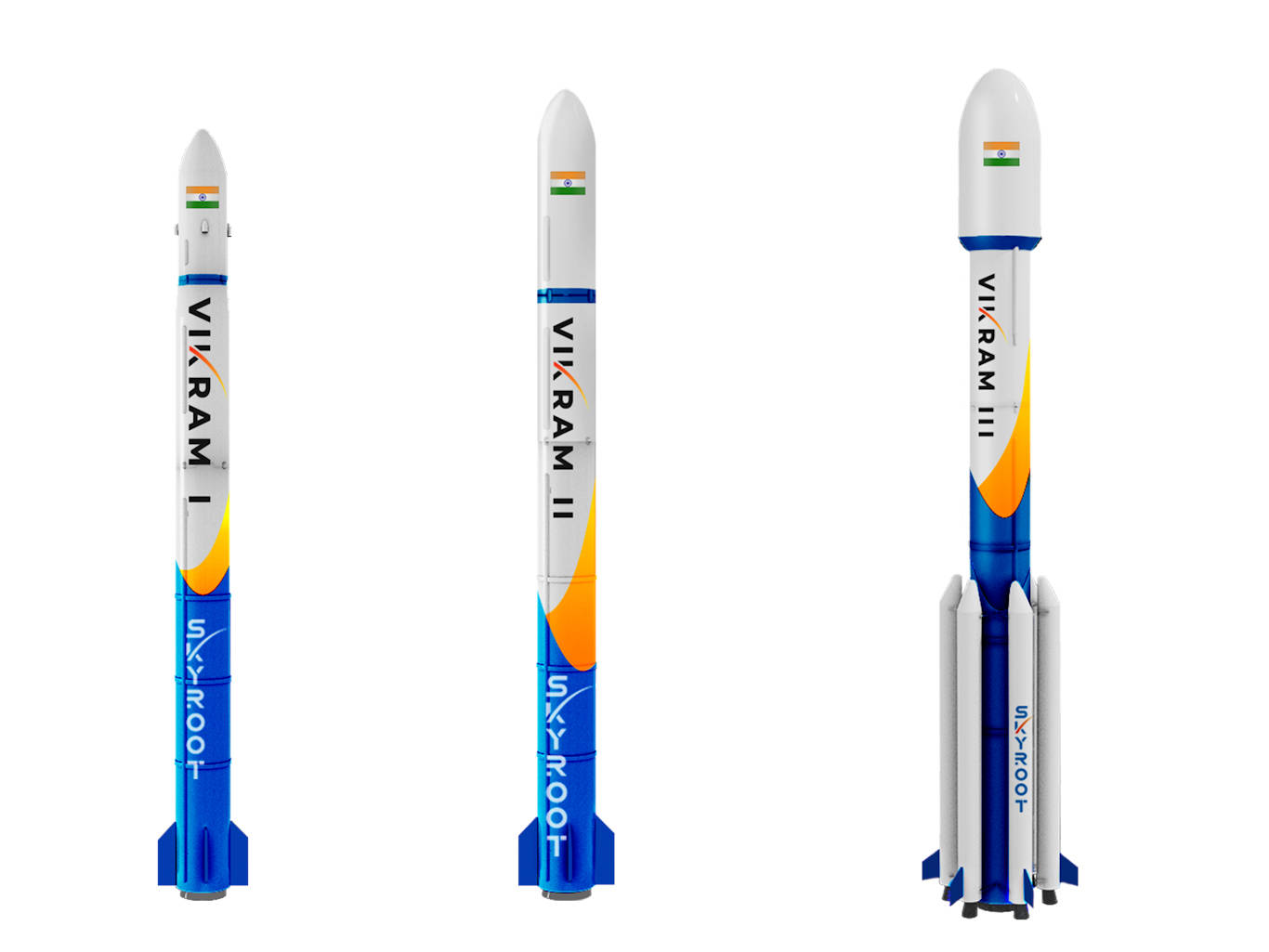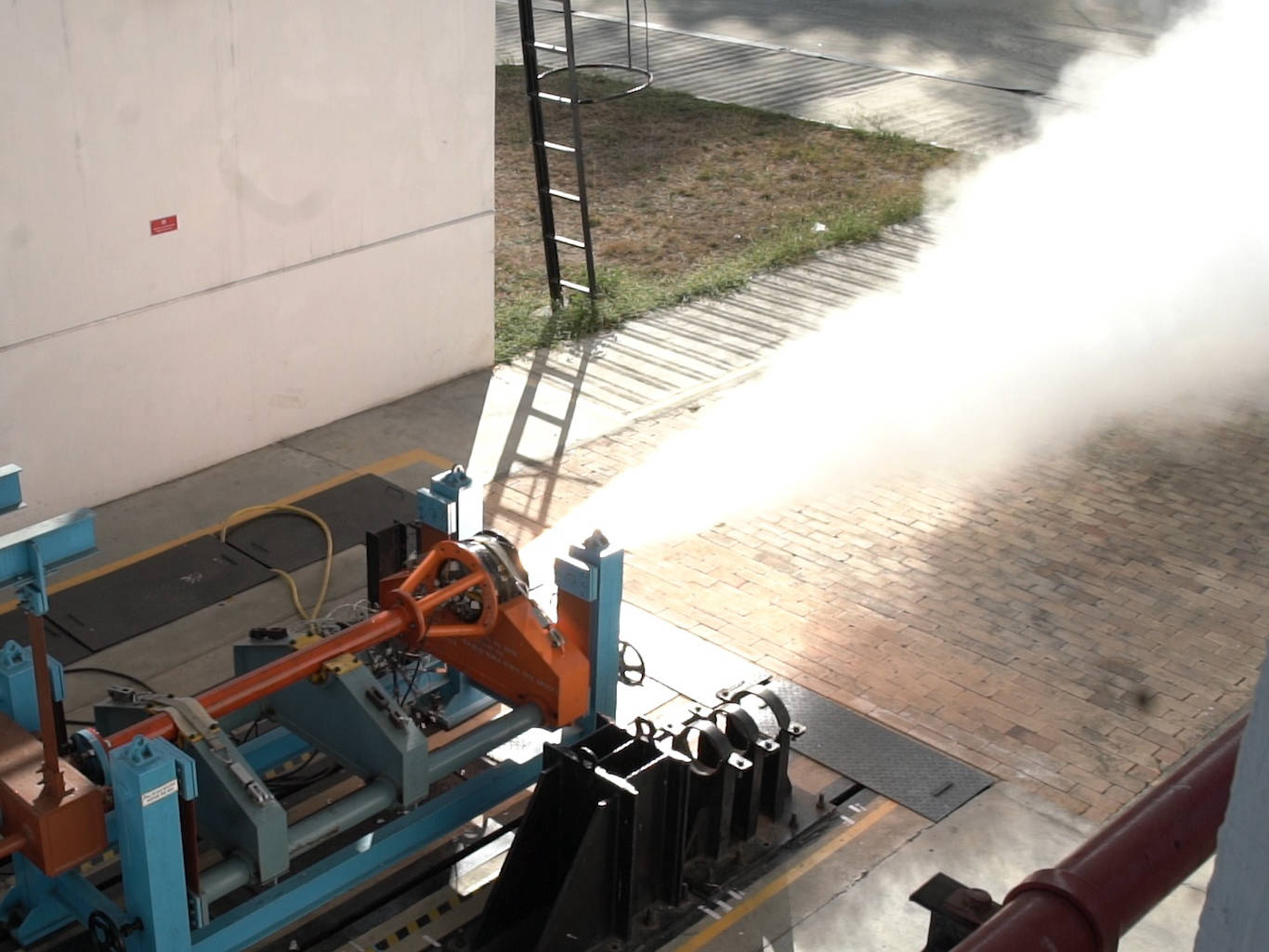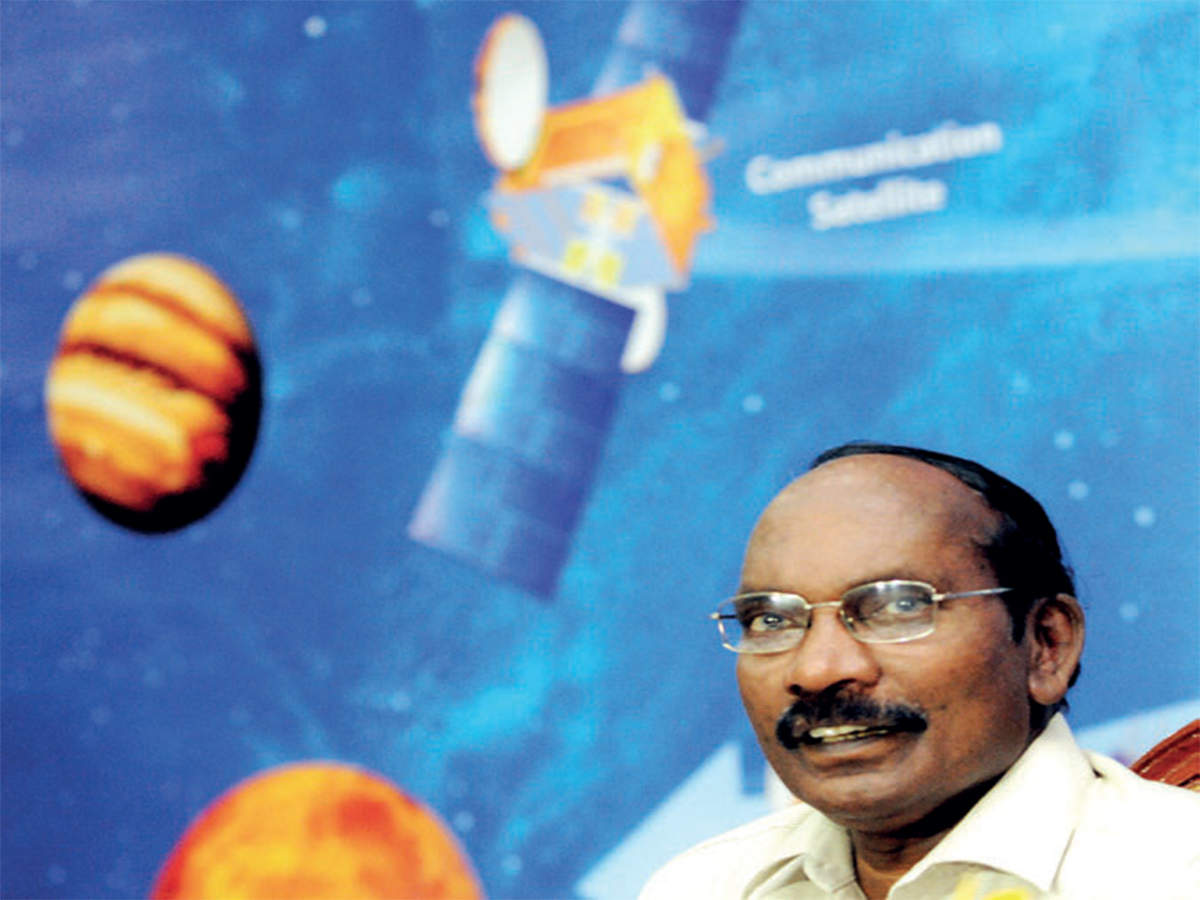Original message (decadal plan) by ISRO chairman here:
https://www.isro.gov.in/update/01-j...ear-message-2021-“laying-firm-foundation-next
India aims for reusable rockets, advanced propulsion in decadal spaceflight plan

spacenews.com
HELSINKI — The Indian Space Research Organisation has outlined plans to develop reusable and heavy lift launchers, advanced propulsion and foster private space activities across the 2020s.
ISRO Chairman K Sivan announced the broad range of goals in a New Year’s message, underlining a major focus on research and development across the decade. Sivan noted that the “space sector is facing disruption due to the entry of many private players” which are targeting cost-effective space transportation systems and delivery of space-based services.
“In line with global directions, we require to develop heavy lift launch vehicle, semi-cryogenic stage, reusable launch vehicle, advance propulsion, next generation avionics, advance materials, dynamic space applications and efficient integration of space based services as well as advanced space science missions,” the
message stated.
Every ISRO center and unit was directed to develop a decadal plan and have been laid out in brief. Many will scale up capabilities within their area of focus, including ground stations, human spaceflight, optics and remote sensing, satellite platforms, broadband communications and human resource development.
The Vikram Sarabhai Space Center is charged with carrying forward its “competence in launch vehicle development towards heavy lift capabilities, achieving partial and full reusability” and scramjet engine research.
The Liquid Propulsion Systems Center will meanwhile develop semi-cryogenic propulsion capability to boost India’s payload capability to geosynchronous transfer orbit to almost 5.5 metric tons.
The LPSC will also develop methane-liquid oxygen propulsion as well as green and electric propulsion. The ISRO Propulsion Complex will support these goals by developing test facilities to support the qualification of these new systems.
Sivan described ISRO as a “torch-bearer” of innovation for the country in his New Year’s message. An overall space policy is also stated to be in the “final draft stages”.
K Sivan received a one-year extension to his ISRO chairmanship Dec. 30, meaning his tenure now runs to Jan. 14, 2022.
2021 India spaceflight plans
A number of “diverse missions” are expected during the coming year. These include the first test flight of the Small Satellite Launch Vehicle (SSLV)—a four-stage rocket capable of lifting 500 kilograms to a 500-kilometer-altitude low Earth orbit—operational Geo-Imaging capability, and the Chandrayaan-3 moon mission.
The Aditya-L1 solar mission and a first Indian Data Relay Satellite are also expected in 2021 or early 2022.
A first, uncrewed flight for the Gaganyaan human spaceflight project is planned for late 2021. It was announced late last year that the first crewed launch had been delayed from December 2021 to no earlier than 2022, ostensibly due to the impacts of the COVID-19 pandemic. India conducted just two launches in 2020 due to the coronavirus outbreak.
The Human Space Flight Centre (HSFC), inaugurated in January 2019, will meanwhile work on capabilities essential for the Gaganyaan programme, including the crew-rated launch vehicle, Orbital Module, rendezvous and docking, regenerative life support systems and space habitats.
NewSpace developments
Sivan noted that 2020 was a year of change in the global space arena, brought about by the participation of private players in all aspects of the space sector.
“The situation is not different in our own country; for the first time in the history of this nation’s space programme, we have a handful of entrepreneurs who have come forward to develop end-to-end launch vehicles and satellites with the intention of providing space-based services and thereby contribute to the space economy.”
India recently drafted the Spacecom Policy which is expected to open up and
revolutionize India’s space sector. Earth observation is noted as one of main areas for potential growth.
The Indian National Space Promotion and Authorization Center (INSPACe) was announced in June 2020 to promote and foster Indian space actors.
“A precursor body for this Centre is already making all efforts to interface with 28 interested players in the country and processing applications, which would also put in place a seamless operating mechanism for INSPACe, as and when it becomes fully operational, which is expected to happen very shortly,” Sivan said.
The commissioning of a new launch site at Kulasekarapattinam, situated in the southernmost part of the Indian subcontinent, is also hoped to give a major boost to private space actors.
The location of the site also allows launches to the south without requiring a dogleg maneuver to avoid flying over Sri Lanka, as with launches from the Satish Dhawan Space Center (SDSC).
Meanwhile the PSLV-C51 launch from SDSC in early 2021 will
include a satellite from startup Pixxel India. The mission follows the signing of a deal with NewSpace India Limited, the commercial arm of ISRO and a Government of India company under the Department of Space.















